TravelDeep In The Pocket
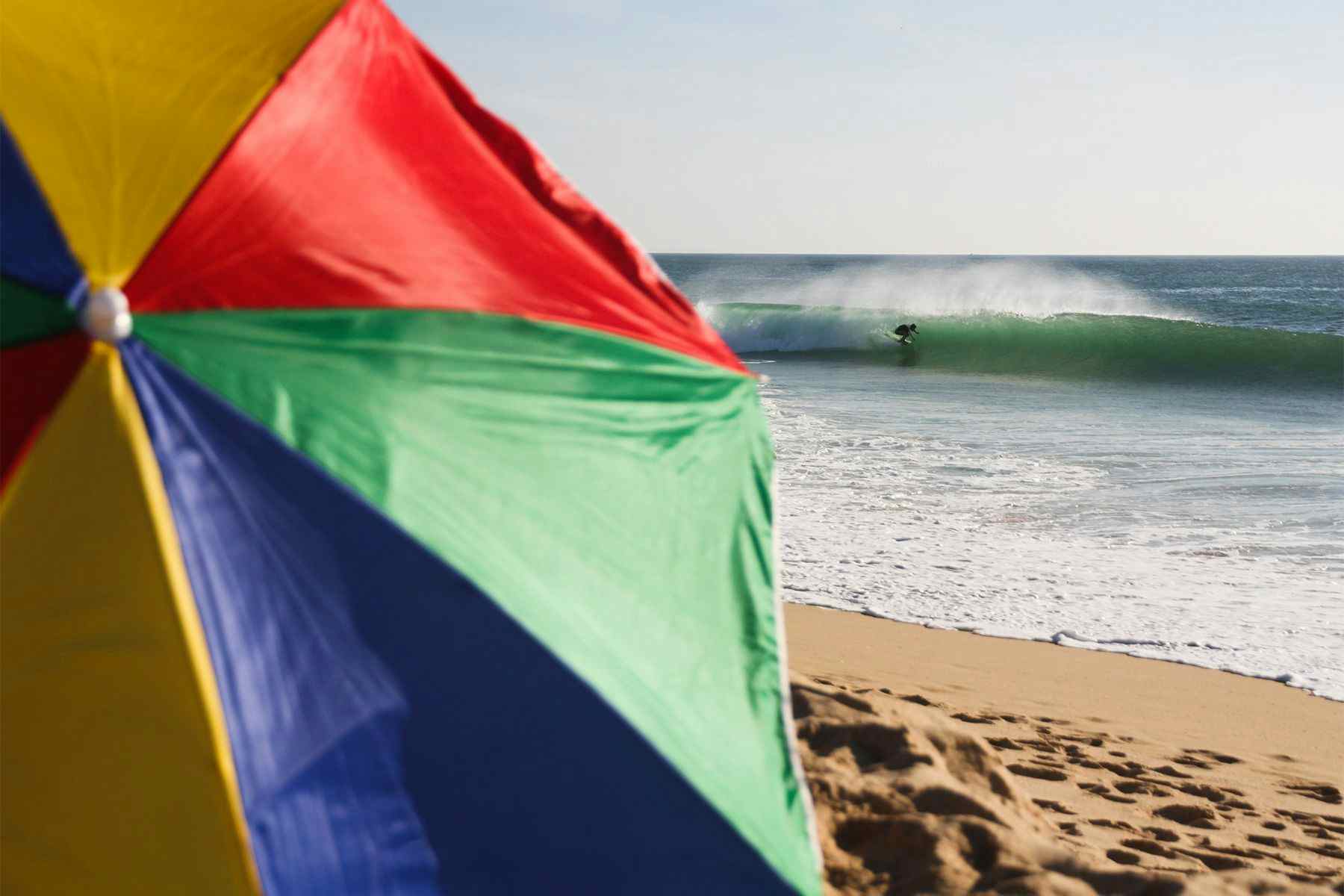
A Pre-COVID-19 Baseline For Surf Tourism
Over the past year, the question “When will I be able to go on a surf trip again?” has been in the mind of many a surfer. Fair enough; it’s human nature to crave what we can’t have. But perhaps an equally important question we should be asking ourselves is “How will I travel, when I start going on international surf trips again?”
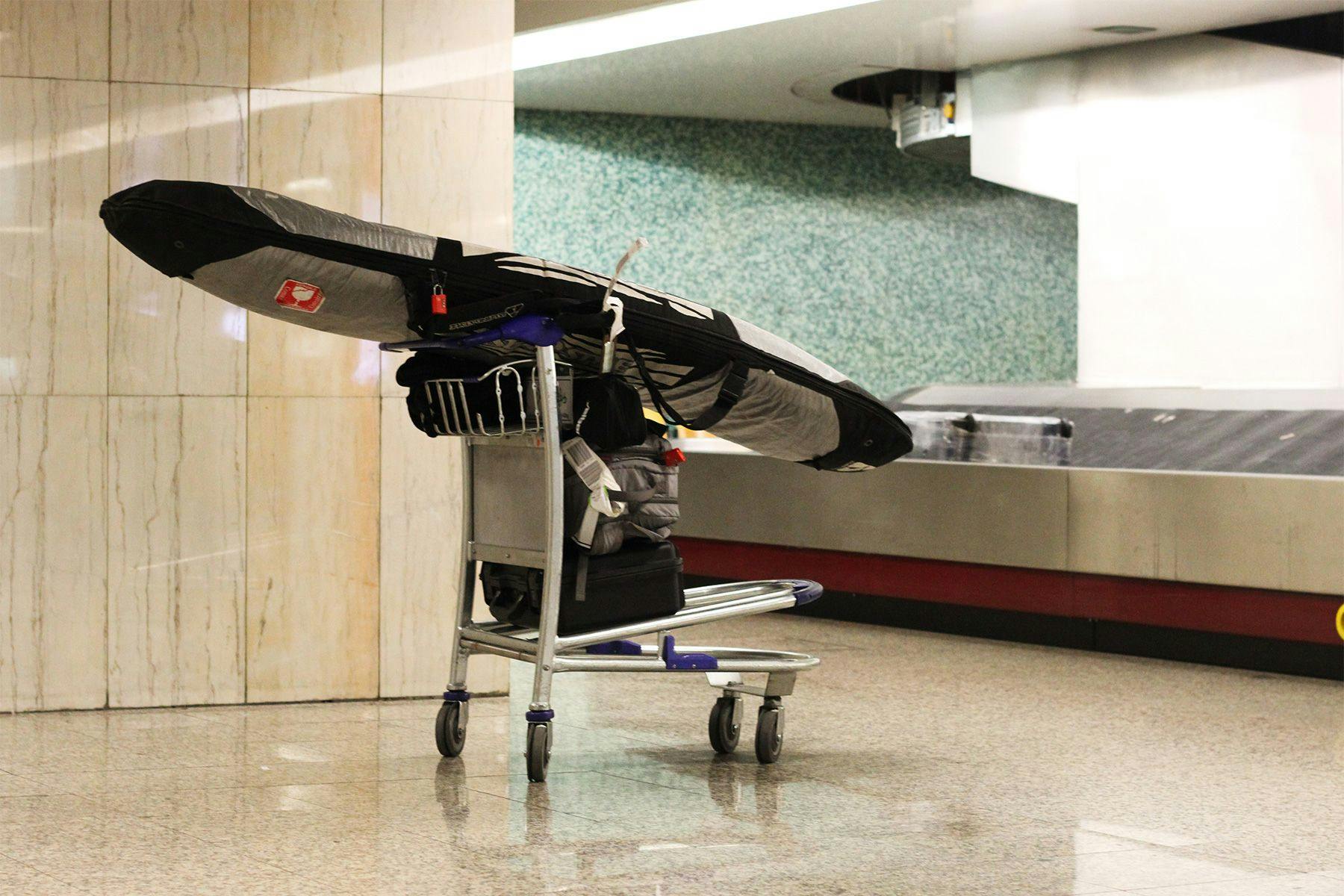
Dr Leon Mach, an Associate Professor in Environmental Policy and Socioeconomic Values at the Center for Tropical Island Biodiversity Studies, in Bocas del Toro, Panama, and Dr Jess Ponting, an Associate Professor in Sustainable Tourism at San Diego State University HTM and the founder and Director of the Center for Surf Research, San Diego, California, zeroed in on this How. Drawing on previous research that suggests the knowledge of sustainability highly influences the likelihood for tourists to pay for “green” alternatives, the authors sought to find out how deep surfers are willing to reach into their pockets in favour of sustainable practices and products. The result was a study published this past May on Science Direct; the first of its kind to look at surfers’ behaviour toward sustainable tourism and establish a baseline for surf tourism to develop more appropriately in the post-pandemic world.
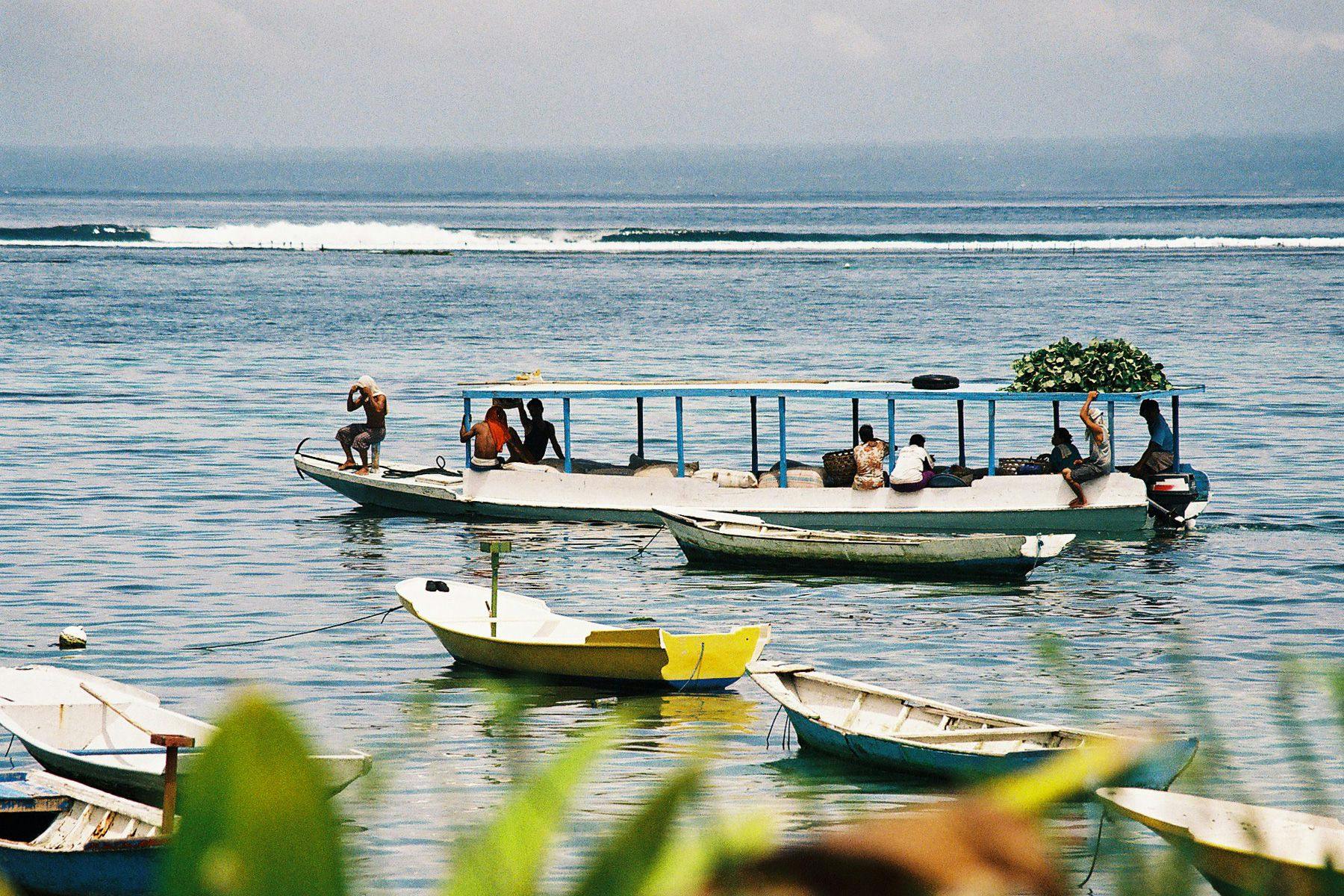
Through an online survey conducted between May 1 and July 22, 2015, the authors harvested data from 2,199 surfers, mainly from North America, Australia, and Europe. The majority of participants were male (82%), between 26 and 54 years old, and one-third identified as advanced level shortboarders. Half of respondents earned less than U$75,000 per year, and most spent an average of U$2,000 (between U$1,000 and U$5,000) per roughly three-week surf trip. Nearly half (40%) of surfers reported going on more than one international surf trip every year. The remaining 60% said to either travel abroad for surfing once per year (25%), once every two to three years (11%), or irregularly (24%). Cross-referring the consistency of international surf trips taken and the average expenditure per trip, the pre-COVID19 value of international surf tourism was estimated to be between U$31.5 and U$64.9 billion. Out of the entire sample, 44% were willing to pay up to 10% more for sustainable tourism (an annual amount of between U$1.99 and U$4.1 billion), with only 8% of interviewees reporting no interest in investing on such initiatives and products.

Unpacking the factors behind surfers’ attitudes and behaviours toward sustainable tourism, the authors found that many consider provider sustainability as an important decision-making element in surf trips – more so than safety and accommodation quality. At the same time, responses highlighted that there is plenty of room for improvement in the part of the surf industry – both in adopting sustainable practices and supporting environmental and humanitarian organisations working in surfing locations – and that a clear cost-performance comparison among sustainable surf products would boost the niche. On the other hand, whilst high scores were reached on the topic of placing social and environmental responsibility on surf tourism businesses (4.50 and 4.59 respectively), statements such as I look to be sustainable traveller when abroad (4.22) or I am concerned about sustainability in surf locations (4.21) lagged behind. Likewise, the score for attitudes related to sustainable tourism (4.39) was much higher than that of actual sustainable tourism behaviours (3.86). Here, the lowest score was attributed to having researched the sustainability of providers in the past (3.28) despite the higher rate (3.86) on sustainability likely influencing their decision in the future. Among the study’s most unexpected findings was that surfers who earn more than U$75,000 per year are less likely to consider sustainable tourism attitudes than those with smaller income, and that Australians/Oceanians gave a low rating to the importance of sustainable travel behaviours, even if this outlook did not mirror on the willingness-to-pay analysis. In the end, however, surf attributes such as wave quality and crowd levels still set the pace when it comes to surf tourism actions and behaviours.
Surf Simply caught up with Dr Leon Mach to hear his insights on the research findings and the future of surf travel.
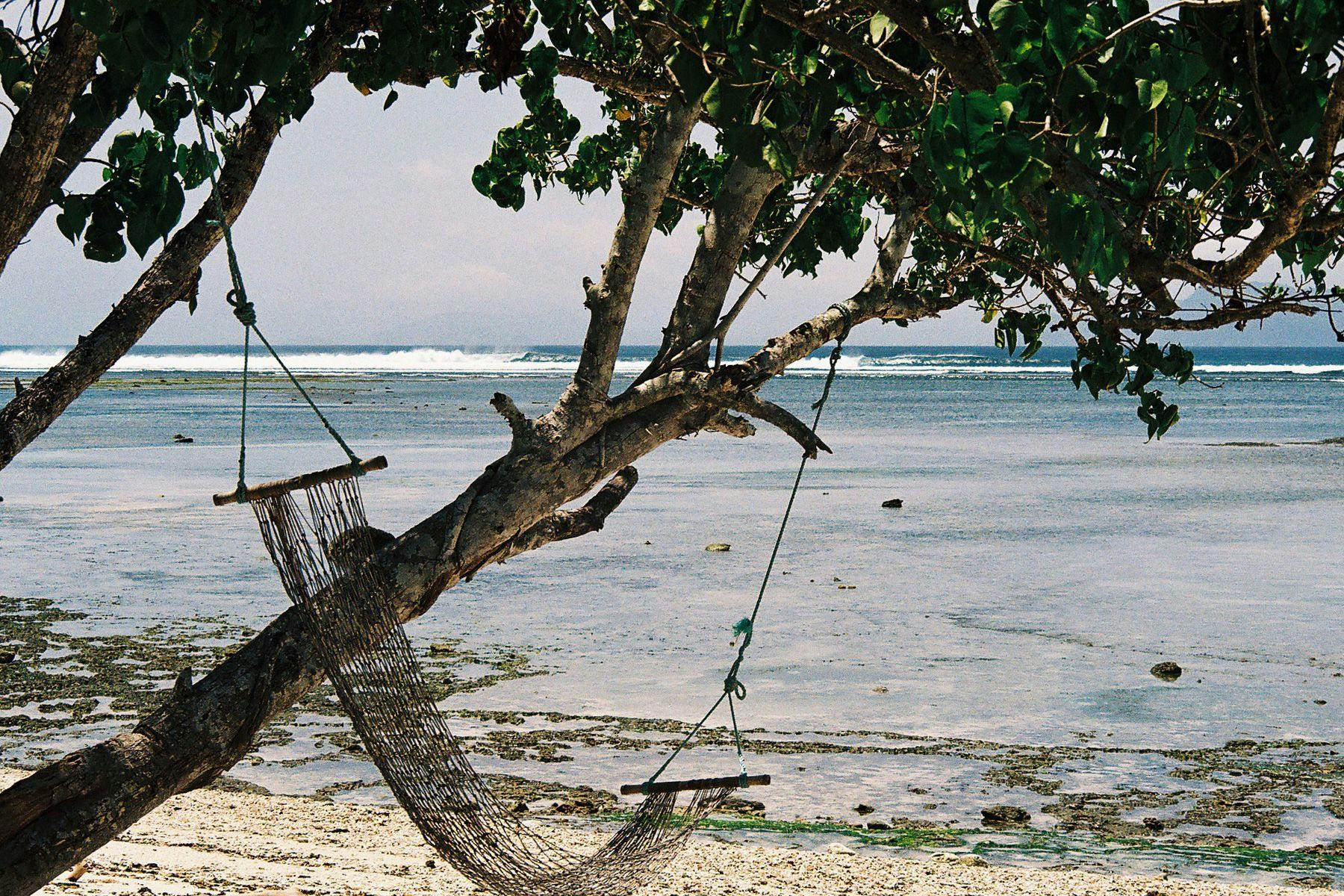
Where did the idea for the research come from?
My colleague, Jess Ponting and I, were asked to write a book chapter exploring the contribution of ocean sports to the United Nations Sustainable Development Goal 14, which relates to deriving economic benefits from ocean resources in a sustainable way. In conducting research for this manuscript, I scoured UN reports and conference proceedings, as well as, other peer-reviewed papers dedicated to SDG 14. While various forms of marine and coastal tourism were often mentioned as the most promising mechanisms for achieving SDG 14, I could not find any mention of surf tourism specifically. This just seemed to me like a huge oversight. Many of us have spent our careers demonstrating the importance of surf tourism to many (thousands, if not tens of thousands) remote coastal communities and this just suggested to me that the message hasn’t reached the mother ship. This is important because so many development funding initiatives come from agencies like the UN, or other entities directly influenced by the organization. Maybe if surf tourism was on their radar, they would get behind protecting areas based on surf resources or allocate funds to organizations teaching local kids how to surf and supporting their pathway into productive and sustainable surf tourism careers.
At the start of the paper, you highlight the absence of surf tourism in global talks around the “blue economy”, specifically in not being acknowledged as a segment of the economic value generated by coral reefs. With that in mind, what would you say are some of the untapped and/or undervalued potentials that surfing has to stimulate the blue economy?
So, the Ocean Conservancy has a mapping ocean wealth program I spent some time looking into. The program is awesome and they are basically trying to incentivize ocean conservation, at least partially, based on tourism value. In their most often cited report on the topic, they say, “In total, coral reefs represent an astonishing $36 billion a year in economic value to the world. Of that $36 billion, $19 billion represents actual “on-reef” tourism like diving, snorkelling, glass-bottom boating and wildlife watching on reefs themselves.” Even if you just take the mean value of our global estimate of surfers’ spending on international tourism alone, which would be around $48 Billion USD annually, and assume conservatively that reefs generate a quarter of that value. Then the 19 Billion Dollar on reef value estimate put forth by the Ocean Conservancy could be nearly doubled. In short, if you include the value of surf tourism into our collective understanding of the value of something like a coral reef, then you are even further incentivizing the preservation of these spaces, simply by just increasing our understanding of their recreational value alone. And that is just reefs. Many other types of coastlines as we all know, provide super valuable surf tourism experiences that organizations like Save The Waves Coalition and Surfrider are working to value and protect.

By and large, surfers are seen as a conscious tribe, one that values the natural environment and tends to pay heed to the local communities in the places they visit. As such, you’d expect their behaviours to embody their philosophy. Yet, when it comes to surf travel, both your paper and previous research suggest that, albeit aware of the negative impacts of tourism and demonstrating a wish to adopt a more sustainable stance, we don’t really walk the walk. You write that one of the reasons for this gap between values and actions has to do with tourists being “frustrated by a range of barriers and express particular irritation with being overwhelmed by the amount of options available, which renders it difficult to know which behaviours to choose.” What are some of these barriers faced by surfers in decision-making processes concerning surf travel?
Our data shows that surfers want to be sustainable travellers by-and-large, but that they do not really research tourism providers’ commitments and approaches to sustainability. This was the main gap between attitudes and behaviors we isolated. Tourism providers are the link between surfers and the environments and communities they visit. Operators need to understand that there is value in investing in sustainability (i.e., supporting local civic and environmental organizations, hiring locals and offering opportunities for career advancement, eliminating waste, and the list goes on) and surfers need to start looking for and voting for these behaviors with their wallets.
The main barrier I would then say is that most surf tourism operators are small-scale entrepreneurs who also want to be sustainable, but get tied up with the difficulties of running a viable economic enterprise and also surfing a lot. Let’s be fair, and let’s not throw any stones. Sometimes they don’t always know the best and most cost-effective ways to enhance the sustainability of their practices, or reach potential visitors with information about them, even if they are implementing good practices. Lots of surf entrepreneurs I know are doing really great things, but feel like boasting about their efforts makes it disingenuous or something. I just want to see sustainable surf tourism businesses flourish and I think information seeking and share is a critical element in our increasingly digital world.
Have you any suggestions on what potential solutions to these barriers could look like – both in terms of individual behaviour shifts and policymaking?
We hope our research nudges individuals planning surf trips to research the sustainability of their tourism providers before deciding where to spend their money. Even give them a call if they don’t have information on their website. My girlfriend thought I was crazy when I was making all of these pre-trip calls to Morocco, asking the hotel operators these kinds of questions. She later agreed that our trip was special because our providers were Moroccan brothers who made us feel welcome and wanted to show us their culture in addition to making sure we were scoring waves. But the reality is, even with a conversation you can tell if operators are concerned and do things for the community and local environment. And by supporting good practices, this incentivizes providers to do more and for others to get on board.
Specific to surf tourism, policymakers can ensure surf-break protection and not allow the desire for “more is better tourism” to incentivize infrastructure that could damage the very reason surfers visit the places they do. Examples abound of hotel developments blocking sand and wind flow and damaging surf-breaks, or constructing breakwalls to protect tourism properties that then ruin the waves, or reduce their quality. Protect the peaks and consider limiting visitation of surfers to a locally derived carrying capacity. This last one seems unlikely anytime soon, but could provide the basis for more sustainable surf destinations broadly speaking.
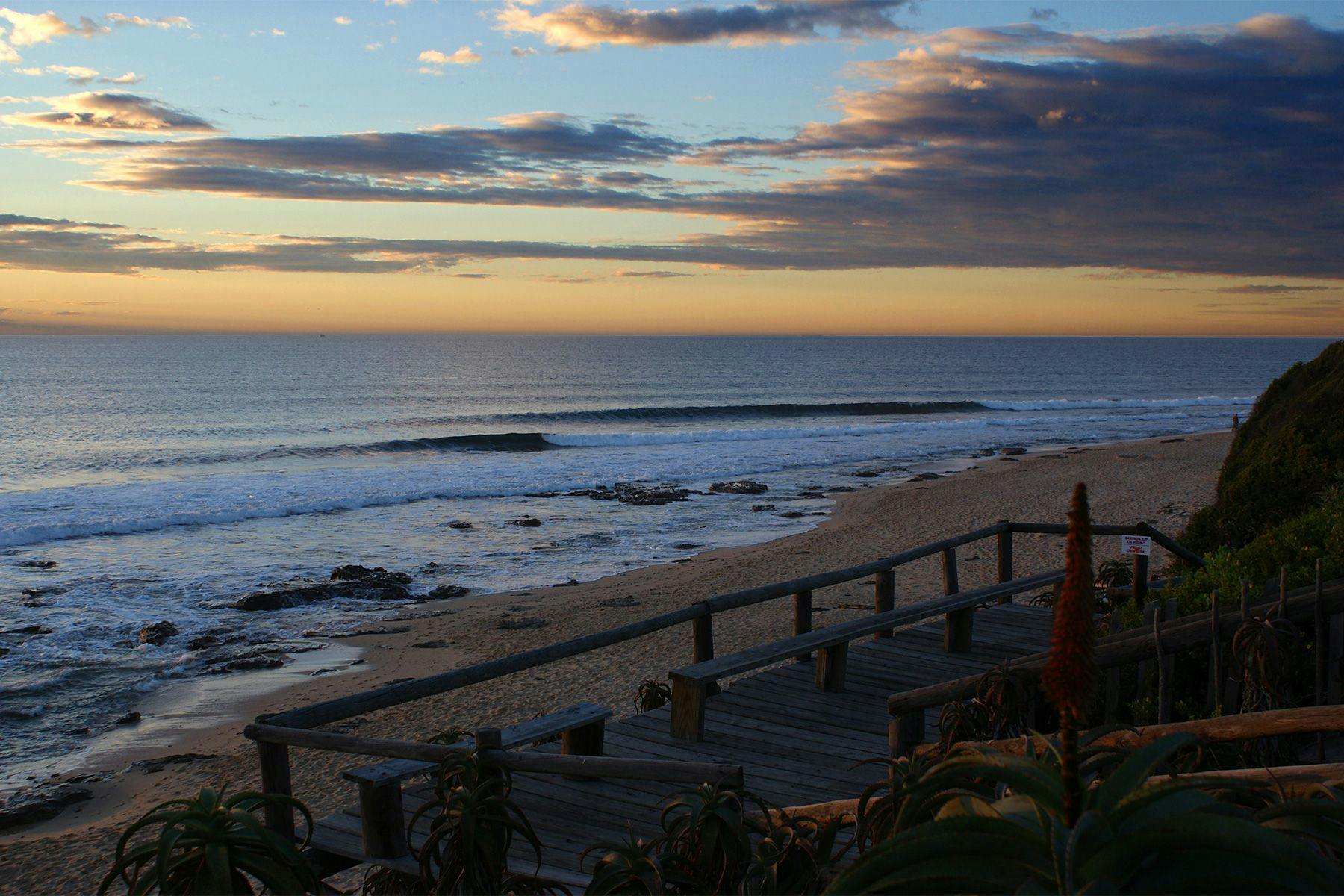
The findings on “Surfer sustainable tourism behaviours and willingness to pay for sustainable tourism” caught my attention, particularly that female surfers and longboarders demonstrated a higher willingness to pay than men and shortboarders, and that more experienced surfers were less willing to invest in sustainable surf tourism.
I think the Grateful Dead said it best, “The women are smarter than the men today.” I joke a little, but seriously. The reality is that our entire sample reported much higher rates of willingness-to-pay for sustainability than almost all other types of tourists from which there is data out there. For me that was the huge surprise. That 92% of surfers were willing-to-pay more for sustainable travel demonstrates a huge opportunity for directing some of this towards great NGOs operating in destinations and surf specific organizations working on creative carbon offsetting programs, as well as just general improvements and investments in sustainable practices.
At the same time, I think that the willingness to pay more amongst women, less experienced surfers, and longboarders may be a reflection of a significant proportion of those groups coming into the sport later in life, perhaps drawn by the aesthetics of the sport, the perceptions of freedom, connection with nature, wellness, spirituality, health. Pre-loaded with these values, these newer entrants into the sport may be more predisposed to pay more. More experienced surfers riding surfcraft that are more difficult to ride are perhaps more likely to have grown up in the sport, drawn to it being what all the kids were doing, to the competitive components of comparing skills to peers rather than an aesthetic and feeling that aligns with sustainability values. Having said that, even experienced shortboarding males are willing to pay waaaay more than the average tourist for demonstrably sustainable tourism options.

In the conclusion, you write: “COVID-19 health and safety concerns may prove to nudge some surfers towards spending more for things like fully catered surf trips in an all-inclusive setting (i.e., live-aboard charter boat trips and self-contained island lodging) that insulate tourists from local communities and other tourists. This may help limit disease spread, but poses sustainability concerns as local communities rarely experience significant economic benefits from this style of surf tourism.” Based on what you’ve learned from this study, what would be your advice to surfers who wish to adopt a more sustainable approach to travelling in the post-pandemic world?
Even as vaccination rates accelerate in the high-income countries many surf tourists hail from, most of the world’s most coveted surf-tourism destinations are in developing countries with lagging vaccine campaigns and many public health challenges. That said, many surf destinations are reliant upon and want reasonable levels of visitation. The advice for being sustainable does not really change, it remains in our view about supporting sustainable providers. The caveat being, during the COVID era, is to just be extra respectful and follow the local health guidelines. Maybe consider donating to an organization offering public health assistance in the area where you are traveling or something. It’s really about doing things that are relevant to the place where you are visiting and that requires a bit of research.
It is our view that surfers are pretty unique and that travelling is so important to them that they can provide needed economic benefits to areas and help restart economies. Surfers tend also to travel in small groups and like to avoid people, so they could have a really positive impact right now if they travel responsibly.
And any advice to surf tourism businesses?
Surf businesses can look into becoming STOKE Certified. They have gotten really granular into laying out comprehensive, practical steps to initiating sustainable tourism practices for surf lodging, ski resorts as well as surf and snow events and destinations, even surf parks. A STOKE web app is now online that makes the process super easy and orders of magnitude faster to navigate through than mainstream tourism sustainability certifications. The standards are also tailored specifically for surf and snow niches, with specific criteria that address their unique sustainability challenges. STOKE also means something to the surf tourism market and has some level of brand recognition from working with member organizations like Tavarua and Namotu, the World Surf League, and the International Surfing Association – surf tourism businesses’ guests are much more likely to care about a STOKE Certification than an ISO 14001 certification.
*****
The author would like to thank Dr Leon Mach and Dr Jess Ponting for their assistance in the article. Those interested in the topic can follow the Center for Surf Research Facebook page (future surveys and research will be promoted there) or visit the Center for Surf Research website and sign up for the newsletter.